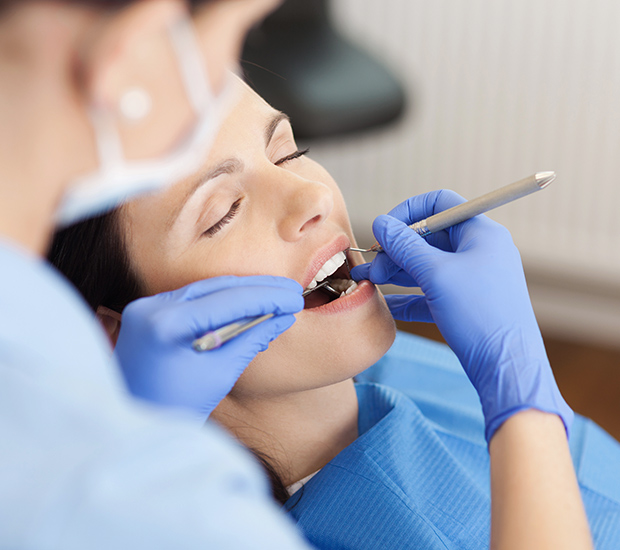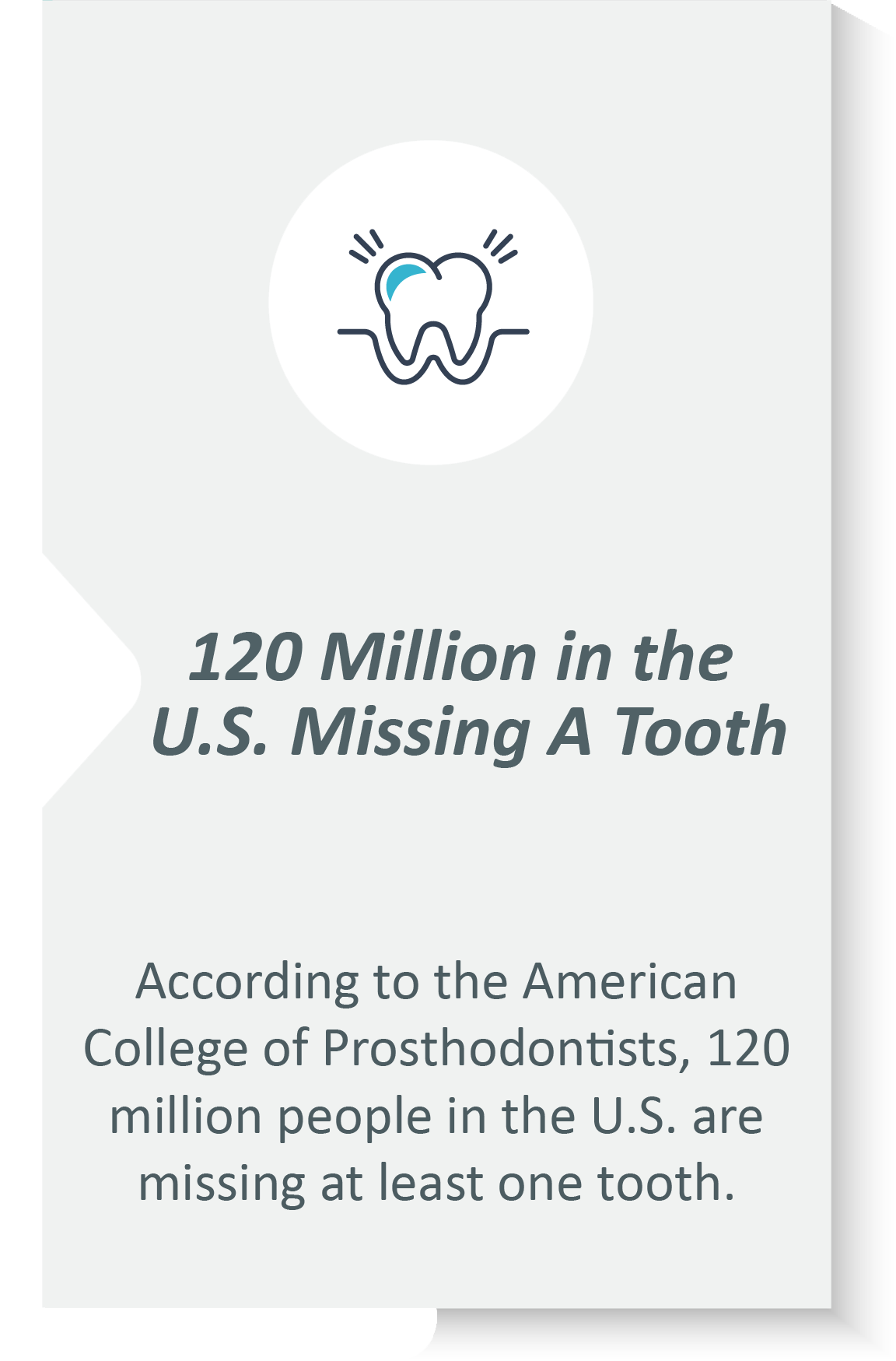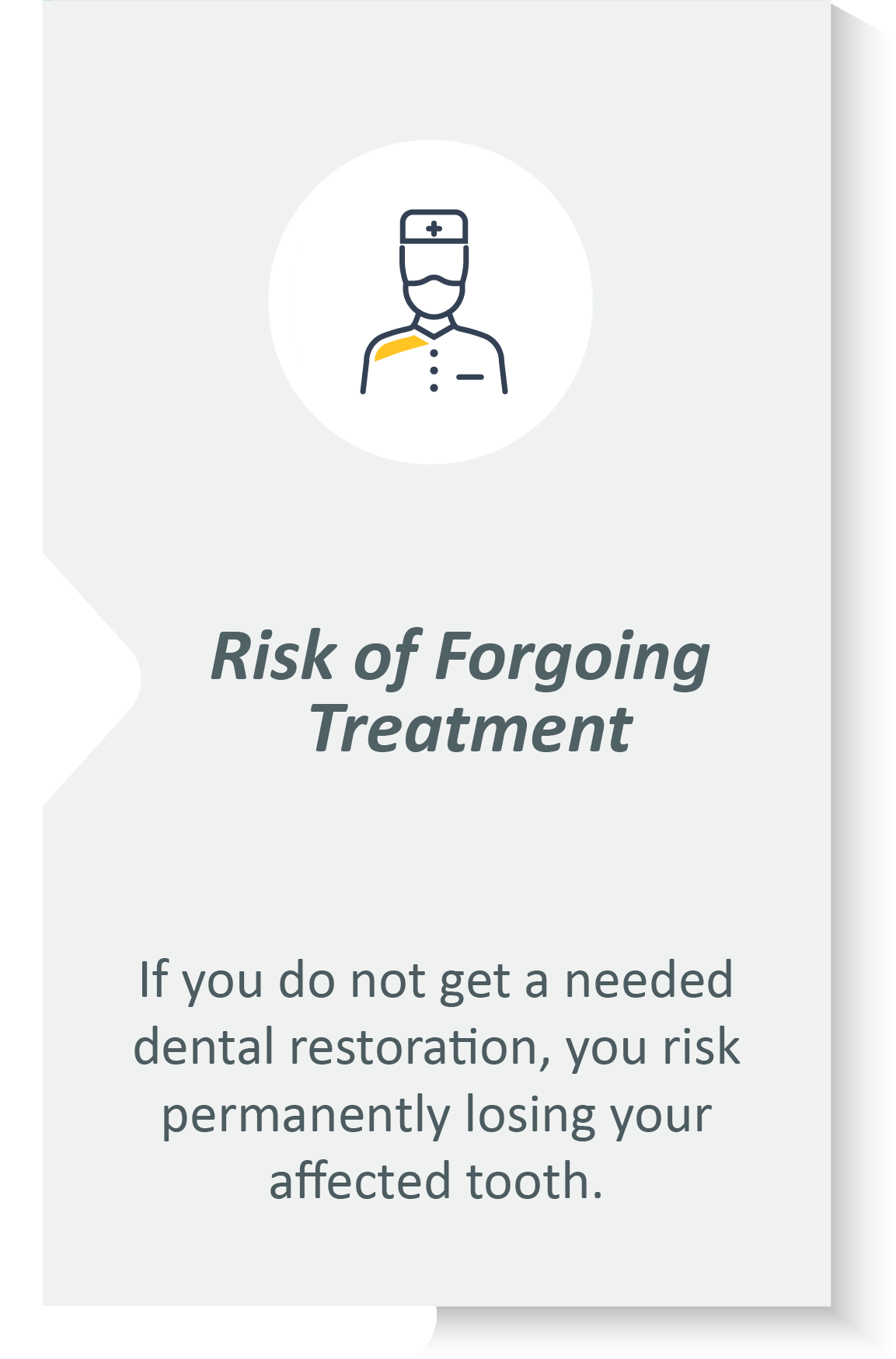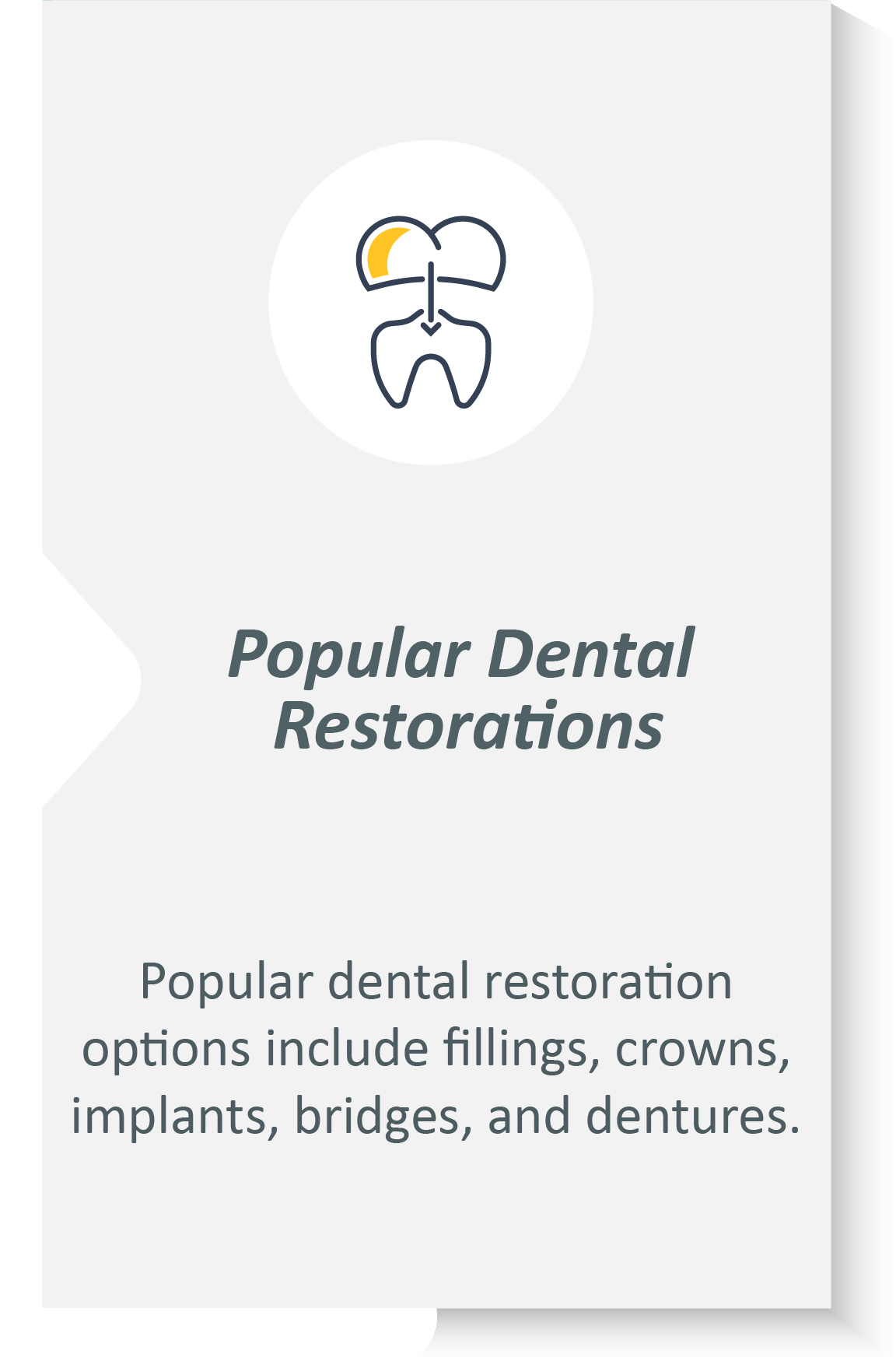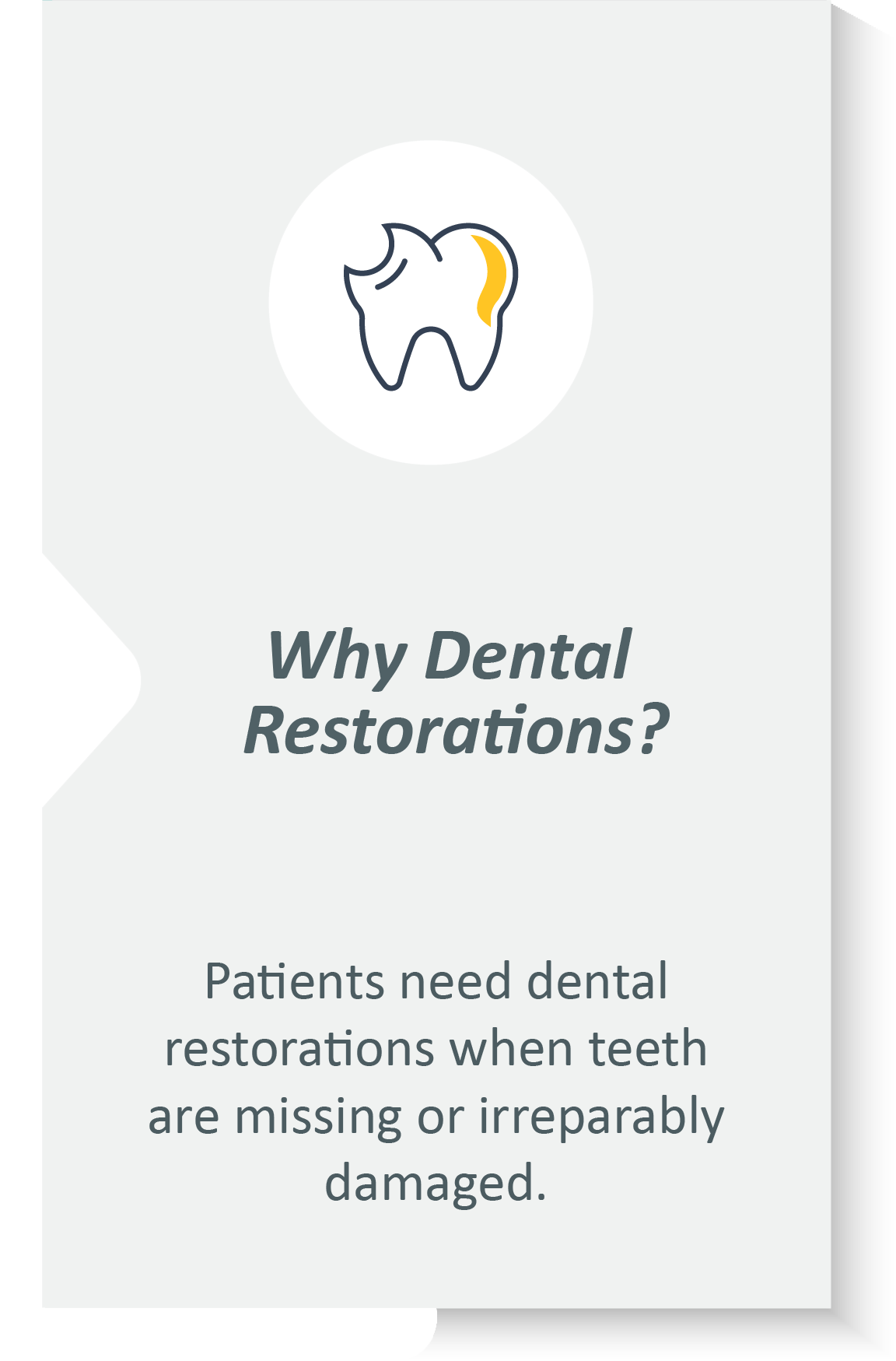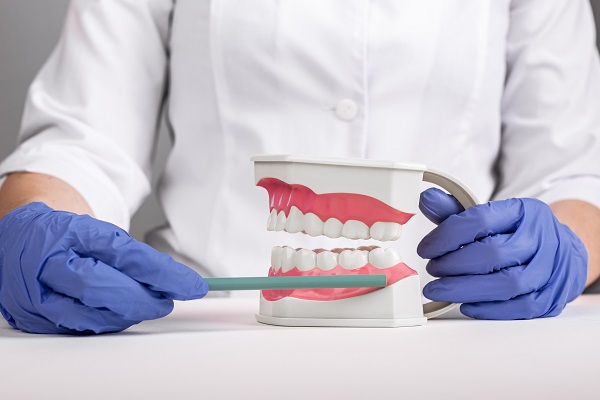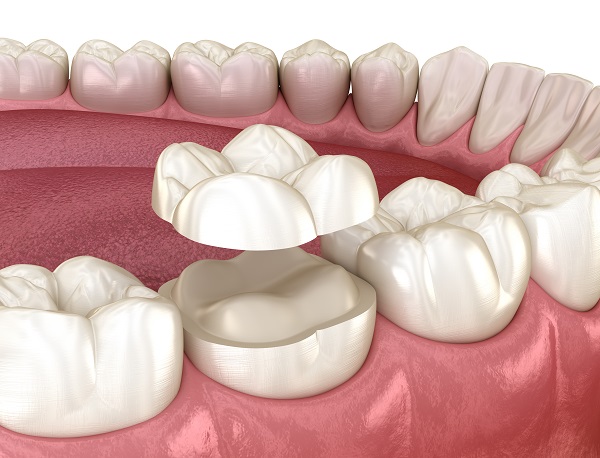Dental Restorations Burbank, CA
People with damaged or decayed tooth structure can benefit from dental restoration. These treatments can repair, restore, and rebuild smiles. Different restoration methods are available to restore varying levels of dental trauma.
Dental restoration is available at Media Center Dental in Burbank and the surrounding area. Our team provides treatment to restore and protect your smile. Call us today at (818) 473-1133 to schedule an appointment or learn more about the services we offer.
Understanding Dental Restoration
Dental restoration aims to restore the functionality of the mouth and teeth. It includes various dental procedures that repair damaged or missing tooth structure resulting from poor oral hygiene, infection, or trauma to the teeth or gums. There are two types of dental restorations, direct and indirect.
Besides restoring the mouth to a functional state, dental restoration also aims to preserve as much of the patient’s natural teeth as possible. Patients may experience missing tooth structure due to decay, chips or fractures, or deterioration of a previously placed restoration. Dental restorations can help fix such problems.
“What is dental restoration?”
Direct Dental Restoration
A direct dental restoration is one that is created and placed entirely within the mouth. During this process, we will replace small amounts of damaged tooth structure with a filling. Once the filling is in place, our dentist will harden the material with ultraviolet light to create a permanent seal which restores tooth functionality by preventing reinfection or further damage. There are various types of filling options, including:
- Amalgam: Amalgam fillings consist of a mixture of mercury, tin, copper, or silver and are very durable but do not match the color of surrounding teeth.
- Cast gold: Cast gold fillings are strong enough to last for longer than 15 years but are more expensive than other filling materials.
- Ceramic: Ceramic fillings are usually made of porcelain and are more resistant to staining than composite fillings.
- Composite: Composite fillings provide durability and strength for small to mid-size cavities and are tooth-colored to appear more natural.
- Glass ionomer: Glass ionomer fillings consist of silicate glass-powder used in temporary fillings, decay around the gum lines, or baby teeth.
“A direct dental restoration is one that is created and placed entirely within the mouth.”
Indirect Dental Restoration
Indirect dental restorations are fabricated outside of the mouth before being placed inside the mouth at the treatment site. These customized tooth replacements include:
- Bridges: Bridges restore gaps from one or more missing teeth to mimic the look, shape, and function of natural teeth.
- Crowns: A dental crown is a tooth-shaped cap that restores a tooth’s shape, size, strength, and appearance.
- Implants: Dental implants are artificial tooth roots placed to support replacement teeth so they can feel, look, and function naturally.
- Inlays: Inlays mold to the cusps areas and replace minor tooth structure loss due to decay.
- Onlays: Onlays, also called partial crowns, are more extensive than inlays and can cover one or more cusps to repair more extensive tooth decay.
- Veneers: Veneers are thin coverings applied to the front, visible part of the tooth to restore stained, chipped, or worn-down teeth.
“Indirect dental restorations are fabricated outside of the mouth before being placed inside the mouth at the treatment site.”
Check out what others are saying about our dental services on Yelp: Dental Restorations in Burbank, CA
When a Dental Restoration Is Necessary
Dental restoration can help weakened teeth due to severe decay or damage and help prevent further complications. Direct dental restorations or fillings are necessary to stop the decay process while leaving the teeth intact. Fillings can also restore fractured, broken teeth, or worn down teeth resulting from misuse such as nail-biting or tooth grinding.
Indirect dental restorations are necessary when a filling is not enough to restore teeth functionality. Crowns are good restorative options for unstable teeth, while a bridge can replace multiple damaged teeth to restore proper chewing function. Additionally, a dental implant can replace a missing tooth and prevent problems like jawbone erosion and impaired chewing.
“Dental restoration can help weakened teeth due to severe decay or damage and help prevent further complications.”
Questions Answered on This Page
Q. What is dental restoration?
Q. What is a direct dental restoration?
Q. What is an indirect dental restoration?
Q. When is a dental restoration necessary?
Q. Who is the right patient for a dental restoration?
People Also Ask
Q. What are the benefits of restoration dentistry?
Q. What methods are available to repair a chipped tooth?
Q. What substances and habits may cause someone to get a smile makeover?
Dental Restoration Candidacy
The right patients for a dental restoration procedure are people with structural tooth damage. Our dentist will consider several factors when determining the right dental restoration treatment for a patient. These factors include the type, extent, and location of the damage.
These procedures are best for patients with cavities or other localized dental problems. Patients who do not have enough supportive tooth structure to restore a tooth properly are good candidates for indirect restorations. Patients with more extensive tooth damage may require indirect dental restorations to provide additional strength.
“These procedures are best for patients with cavities or other localized dental problems.”
Frequently Asked Questions
Q. What are the types of dental veneers?
A. Dental veneers typically consist of porcelain or resin composite materials. Porcelain veneers are a popular choice since they better match the appearance of natural teeth. Patients should consult with our dentist to choose the veneer materials for their needs.
Q. How do I take care of my filling?
A. Patients need to maintain their oral health to prevent decay from forming under or around the teeth. Patients should brush their teeth twice a day and floss at least once a day. Eating a balanced diet with limited amounts of sugary foods and drinks and avoiding hard-to-eat foods can prevent tooth damage and decay and extend a filling’s lifespan.
Q. What happens if I don’t have a cavity filled?
A. If a cavity is left untreated, the dental decay can spread beyond the enamel and into the tooth’s soft tissues. If the decay reaches the tooth pulp, which contains nerves and blood vessels, it may be too late for a filling. It is best to fill a cavity before it gets too large and requires more extensive treatment.
Q. How do I choose the right type of filling?
A. Although various types of fillings are available, some are more suited for certain conditions. Patients should consult our dentist and consider certain factors to determine the material best suited for their needs. When deciding which filling is the best option, patients should factor in the cavity location, visibility, extent of decay, cost, and insurance coverage.
Q. What type of crowns are available?
A. Depending on the patient’s oral situation, different crowns are available to restore tooth function. Our dentist will advise each patient on which crown material or combination of materials is the best option for their needs. Crowns commonly consist of stainless steel, metals, porcelain-fused-to-metal, all-ceramic, all-resin, or all-porcelain.
Quality Dental Services Can Transform Your Smile
By visiting us as soon as possible, our team can help get you the professional treatment you need. Instead of waiting around and allowing the symptoms to get worse, we can provide you with treatment options.
Dental Terminology
Helpful Related Links
- American Dental Association (ADA). Glossary of Dental Clinical Terms. 2021
- American Academy of Cosmetic Dentistry® (AACD). Home Page. 2021
- WebMD. WebMD’s Oral Care Guide. 2021
About our business, license, and website security
- Media Center Dental was established in 1998.
- We accept the following payment methods: American Express, Cash, Check, Discover, MasterCard, and Visa
- We serve patients from the following counties: Los Angeles County, Ventura County and Orange County
- We serve patients from the following cities: Burbank, Pasadena, Glendale, Los Angeles, Santa Monica, Hollywood, West Hollywood, Studio City and Toluca Lake
- CA (License #32241). View License Information and Specifics
- National Provider Identifier Database (1386041036). View NPI Registry Information
- Healthgrades. View Background Information and Reviews
- Norton Safe Web. View Details
- Trend Micro Site Safety Center. View Details
Back to top of Dental Restorations
